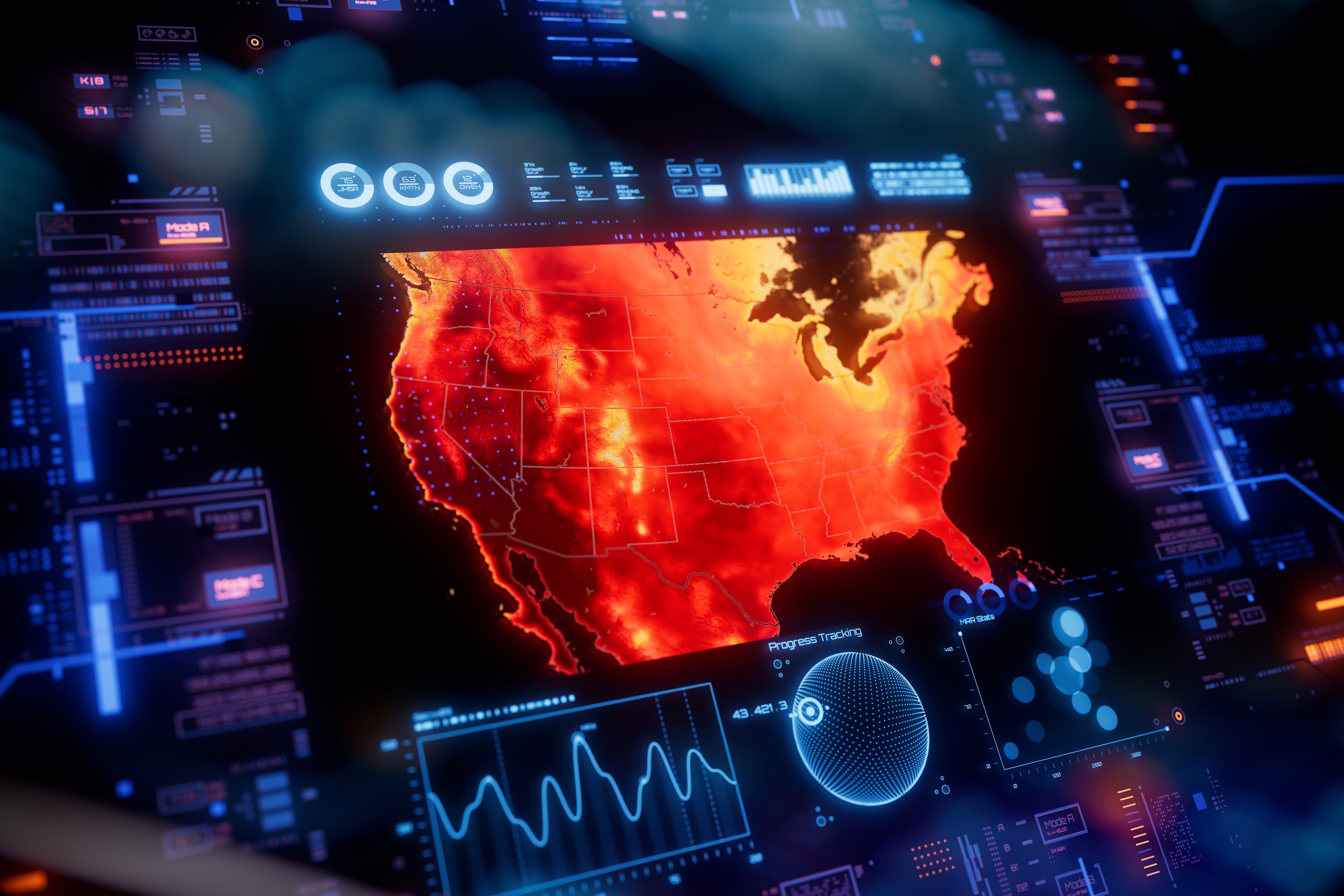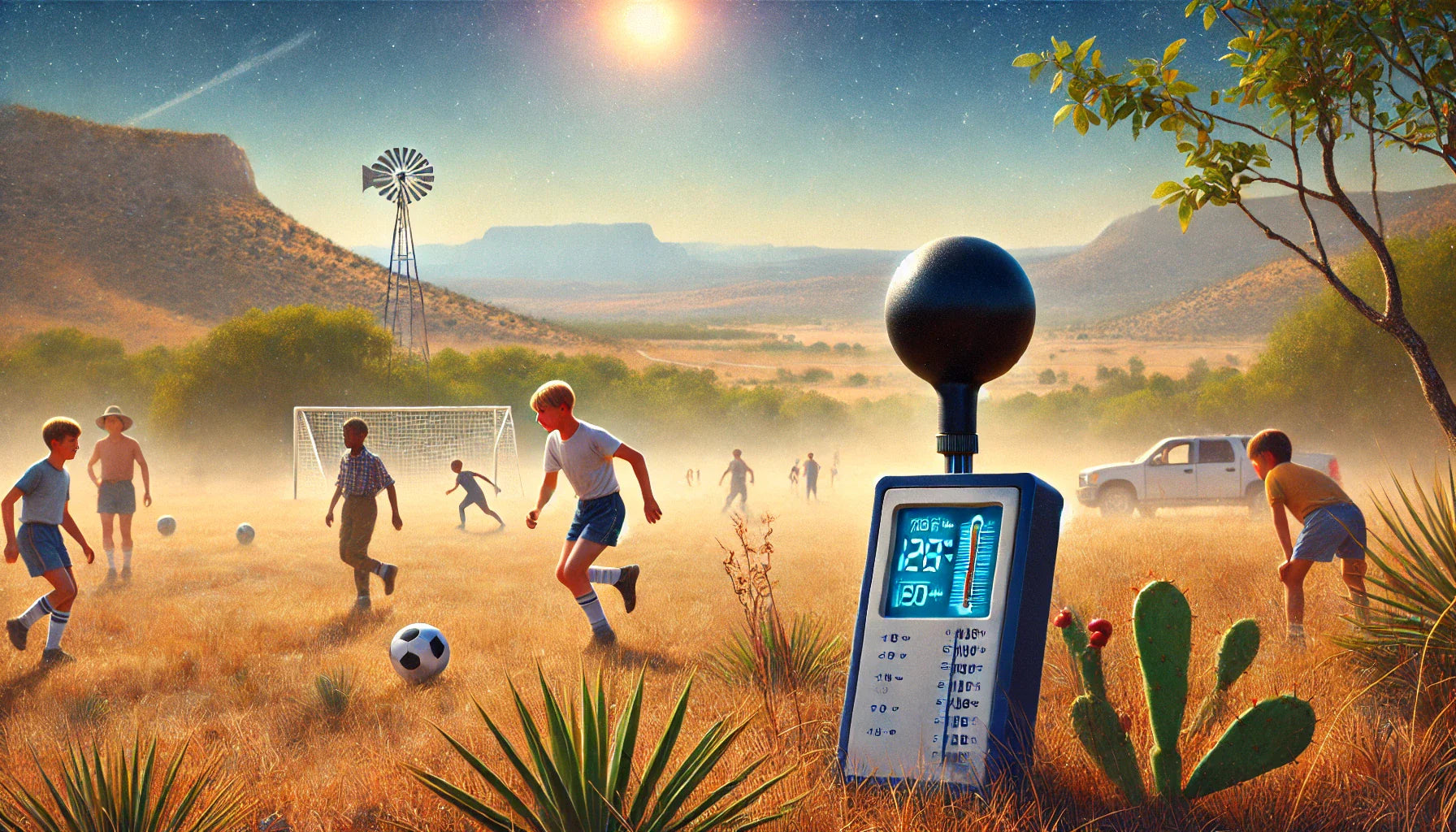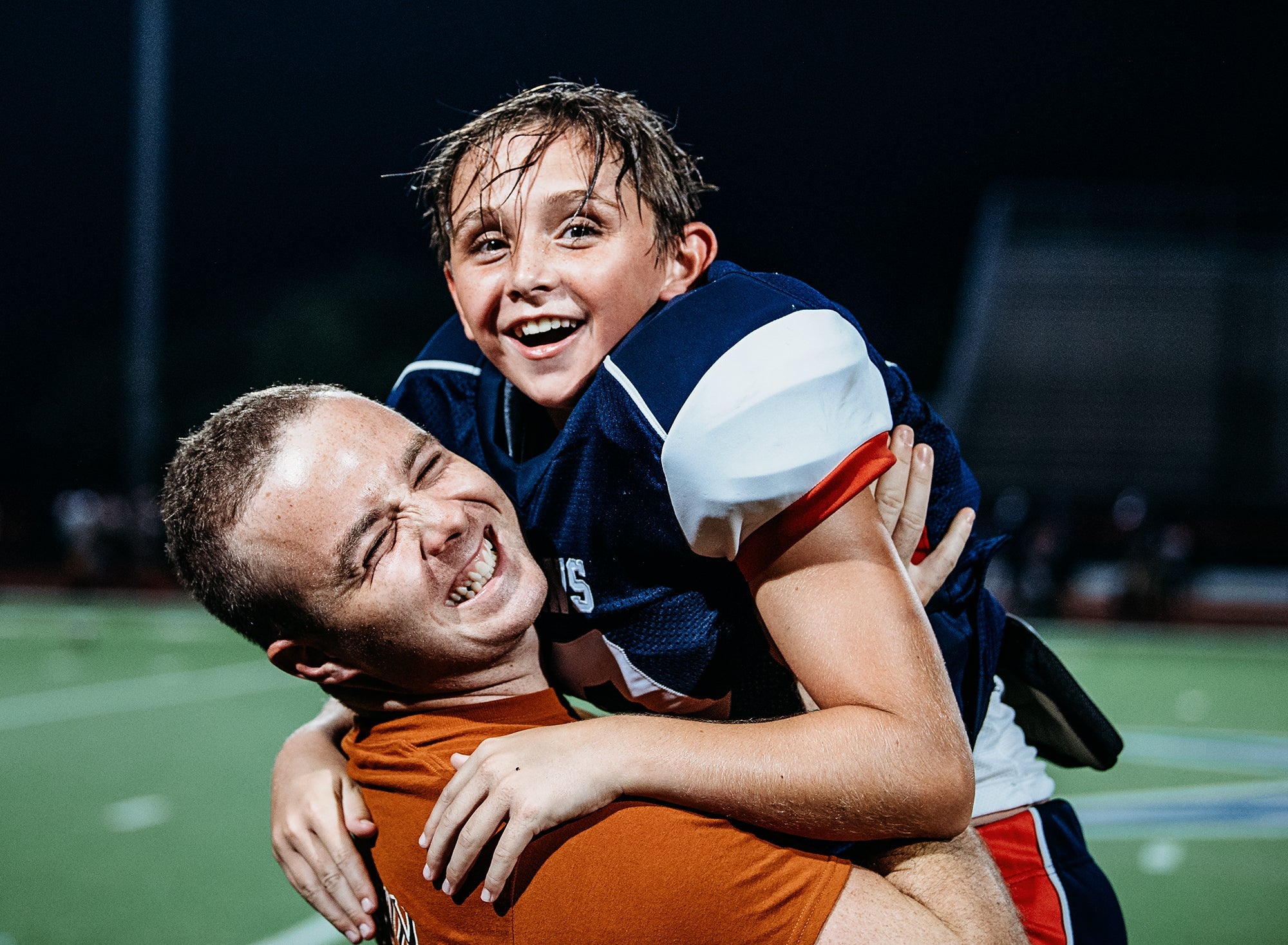
Climate and Heat: What Every Athlete in the U.S. Needs to Know
What is Climate?
Climate refers to the long-term patterns of temperature, humidity, wind, and precipitation in a particular region. Unlike weather, which can change from day to day, climate represents average conditions over decades or longer. In recent years, shifts in climate have led to noticeable changes in heat patterns, creating new challenges for athletes.
Over the last five years, significant trends in climate and heat patterns have reshaped the athletic landscape in the U.S., creating new challenges for performance, health, and safety. Let’s explore these trends and how they impact athletes.
1. Increasing Frequency of Extreme Heat Days
Trend: The number of extreme heat days—days when temperatures exceed 90°F or even 100°F—has risen significantly across the U.S. According to climate data, regions like the Southeast, Southwest, and even the Midwest are experiencing longer and hotter summers.
Impact on Athletes:
- Higher risk of heat-related illnesses: Conditions such as heat exhaustion, heatstroke, and dehydration are more likely during extreme heat days.
- Reduced recovery: Prolonged exposure to high temperatures can impede muscle recovery, increase fatigue, and affect sleep quality.
- Game-time adjustments: Many sports organizations have been forced to reschedule games or shorten practice sessions to accommodate these extreme conditions.
Takeaway for Athletes: Stay proactive by hydrating adequately, taking breaks, and listening to your body. Adjust your training schedule to cooler parts of the day, like early mornings or late evenings.
2. Urban Heat Islands Amplifying Heat Risks
Trend: Urban areas are warming faster than rural regions due to the "urban heat island effect," where buildings, roads, and concrete surfaces absorb and retain more heat. Cities like Phoenix, Dallas, and Atlanta have seen particularly sharp increases in average temperatures.
Impact on Athletes:
- Higher localized temperatures: Temperatures in urban environments can be 5–10°F hotter than surrounding areas, making outdoor sports even more taxing.
- Limited cooling options: Parks and fields in urban settings often lack adequate shade or cooling infrastructure.
- Greater strain on youth athletes: Youth athletes in urban areas are especially vulnerable due to their lower heat tolerance and fewer available resources like air-conditioned facilities.
Takeaway for Athletes: Invest in lightweight, moisture-wicking gear, and ensure that your practice venues have cooling stations or shaded areas.
3. Rising Nighttime Temperatures
Trend: Over the past five years, nighttime temperatures in many U.S. regions have increased at an alarming rate. Warmer nights reduce the body’s ability to cool down and recover after a day of physical exertion.
Impact on Athletes:
- Interrupted recovery cycles: Higher overnight temperatures make it harder for the body to regulate its core temperature, leading to disrupted sleep and slower recovery.
- Cumulative heat stress: Without the cool-down period that nighttime traditionally offers, athletes may carry over heat stress into the next day, increasing the risk of overheating.
- Longer heat seasons: With warmer nights persisting well into fall, sports traditionally played in cooler months, like football or soccer, now face higher heat risks.
- Takeaway for Athletes: Focus on post-game cooling techniques like ice baths, hydration, and resting in air-conditioned spaces to support overnight recovery.
How Athletes Can Adapt to a Warming Climate
- Monitor Weather Conditions: Apps like WetBulb Globe Temperature (WBGT) can help you gauge heat stress levels and make informed decisions about training.
- Build Heat Resilience: Gradually acclimatize to high temperatures over 10–14 days by starting with lighter workouts and progressively increasing intensity.
- Advocate for Safety: Encourage your team, league, or school to implement heat safety policies, including access to cooling stations, mandatory water breaks, and flexible scheduling.
As climate trends continue to evolve, understanding the connection between heat and athletic performance is vital. By staying informed and taking preventive measures, athletes can safeguard their health while still excelling in their sport.
Stay cool, stay safe, and stay in the game!

